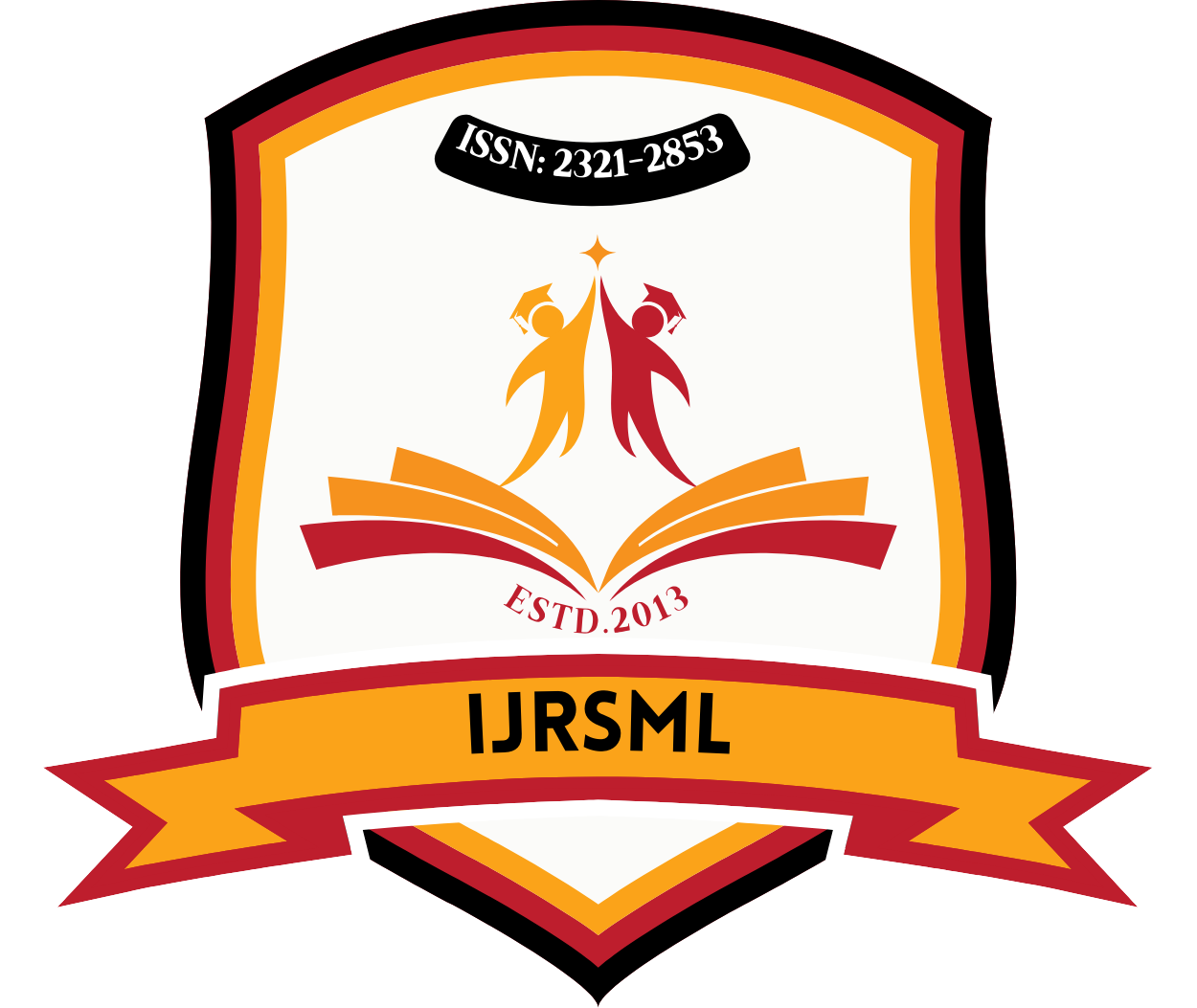![]()
DOI: https://doi.org/10.63345/ijrsml.v13.i7.2
Renu Gupta1 & Dr Brij Lata Sharma2
1Research Scholar
Maharaja Agrasen Himalayan Garhwal University
Uttarakhand, India
2Research Guide
Maharaja Agrasen Himalayan Garhwal University
Uttarakhand, India
Abstract
The dissemination of accurate public health information during pandemics is crucial for community awareness, compliance with preventive measures, and ultimately, containment of the disease. In linguistically diverse nations like India, the dominance of English and Hindi in official communications creates a significant accessibility gap, especially in rural and marginalized communities. This manuscript investigates the role of regional languages in enhancing the accessibility, comprehension, and trustworthiness of public health information during pandemics such as COVID-19. It analyzes communication strategies, governmental and non-governmental initiatives, and public reception to localized health messages. Drawing upon case studies, field surveys, and digital outreach metrics, this study highlights the linguistic inequities in health communication and proposes frameworks for inclusive language-based public health strategies. The findings underscore the need for decentralizing health communication and embracing multilingualism as a public health imperative.
Keywords
Regional languages, public health communication, pandemics, linguistic accessibility, COVID-19, India, information dissemination, health equity, multilingualism, rural health
References
- Acharya, R., & Parthasarathy, A. (2021). Linguistic barriers in public health communication in India. Journal of Health Communication, 26(1), 45–59.
- Chandran, V., & Sharma, M. (2020). Role of vernacular languages in digital health campaigns during COVID-19. Indian Journal of Public Health, 64(6), 324–329.
- (2020). Digital in India: The regional language boom. Internet and Mobile Association of India.
- Singh, R., Kumari, S., & Abraham, T. (2022). Evaluating multilingual approaches to vaccine awareness. Global Health Research Policy, 7(15), 1–13.
- (2019). Language vitality and endangerment. Paris: United Nations Educational, Scientific and Cultural Organization.
- (2020). Risk communication and community engagement readiness and response to COVID-19. Geneva: World Health Organization.
- Centre for Internet and Society (CIS). (2021). Linguistic Inclusion in Indian digital platforms: A COVID-era review.
- Ministry of Health and Family Welfare. (2021). COVID-19 media communication strategy report. Government of India.
- Dasgupta, A. (2021). Language politics and the digital divide in India. Media Watch, 12(4), 589–604.
- Dandekar, R. (2020). How folk art saved lives during COVID-19. Scroll.in. Retrieved from https://scroll.in
- Rao, S. (2020). Communication strategies of NGOs during health crises. Development Practice, 15(3), 201–215.
- Joshi, A., & Thomas, A. (2022). Linguistic diversity in digital governance. Information Polity, 27(2), 171–184.
- Banerjee, P., & Mitra, S. (2021). The cultural code of crisis communication. Journal of Media and Society, 9(2), 90–110.
- Sharma, A. (2020). COVID-19 and public trust in India. The Lancet India Edition, 1(1), e5–e7.
- Patel, N. (2020). WhatsApp forwards and the role of language in pandemic panic. Digital Sociology Review, 5(1), 44–58.
- Ministry of Information and Broadcasting. (2021). Annual report on COVID-19 outreach programs. Government of India.
- UNICEF India. (2020). Reaching the unreached: Health messaging in local languages. UNICEF Publications.
- Bhatia, K. (2021). Social media in public health messaging: A linguistic lens. South Asian Media Journal, 3(2), 60–78.
- Kumar, S. (2021). COVID-19 and multilingual policy gaps. Indian Journal of Development Studies, 11(4), 255–266.
- World Bank. (2021). The role of communication in public health resilience. Washington D.C.: World Bank Press.
